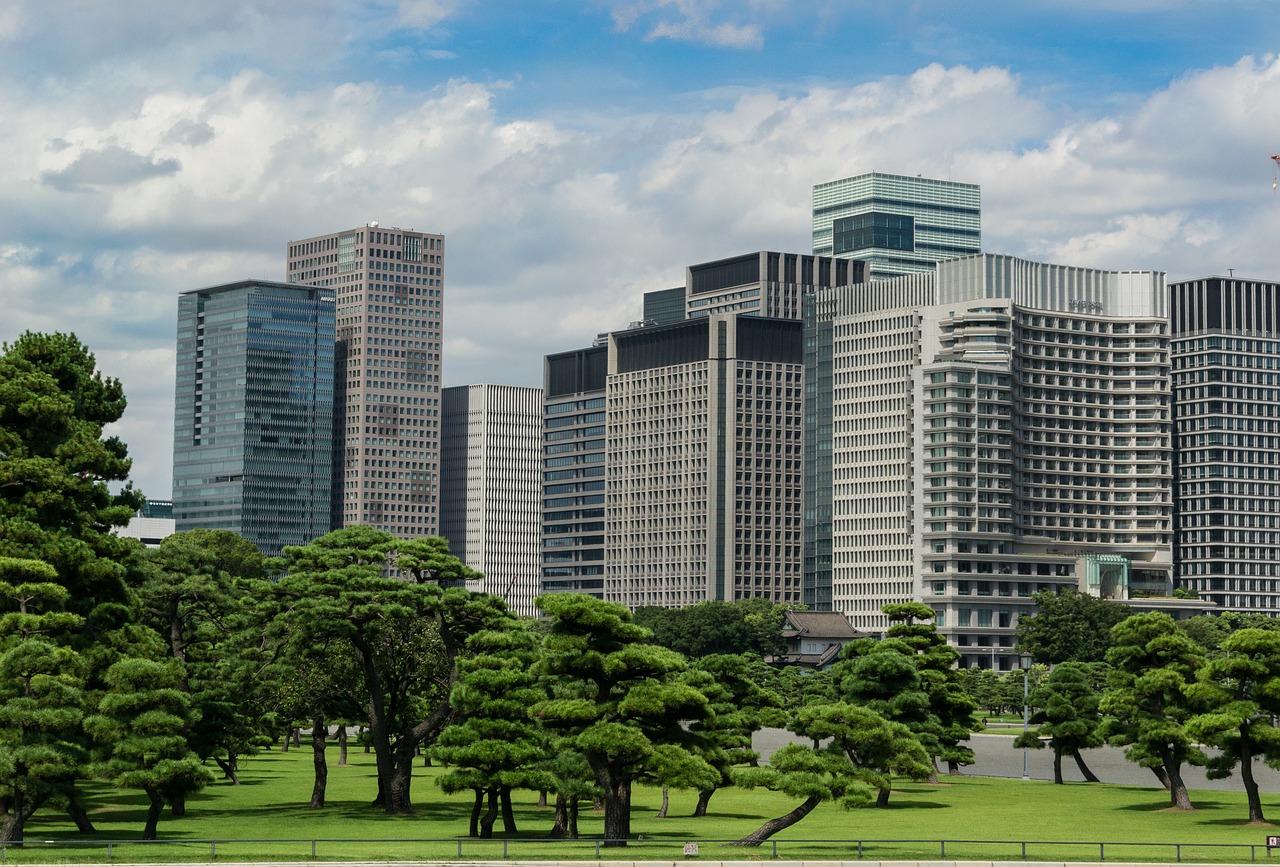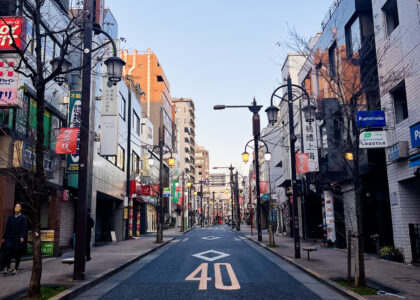There’s no doubt that with the population increase cities are becoming more and more dense. However, if more people start to migrate to cities this also means that a greater amount of energy will be required. Urban agriculture is a growing phenomenon which introduces solutions to this problem. Urban agriculture defined by Luc J.A Mougeot is “the growing of food and non-food plant and tree crops and the raising of livestock (cattale, fowl fish), both within (intra-) and on the fringe (peri-) urban areas” (Mougeot, 1994).
Through different methods such as community and backyard gardens, rooftop gardens, vertical farming, and turning vacant land into urban farms, implementing urban agriculture into cities has been growing in popularity. Not only does is it beneficial for the environment, but also brings positive effects socially and psychologically. Cities are now getting more creative with their implementation of urban agriculture and so below is a list of ways cities have been implementing green infrastructure in unique ways.
Tokyo and the Pasona Building
Our cities may not be like we imagined in future sci-movies from the 1970’s with flying cars and steel skyscrapers that seem to reach to the sky. Instead they may look more like abandoned buildings with trees over growing cities. I mean that’s how this company in Tokyo decided to involve green infrastructure into the city. Pasona Group is a company in Tokyo which focuses on providing staffing services. However, the headquarters located in Tokyo is what makes this company so unique. In their 9 story, 215,000 square foot building, 40,00 square feet is covered in green space that includes 200 different species of fruits, vegetables, and rice which are then harvested, and served at the building cafeterias.
Throughout the common spaces the use of hydroponic and soil based farming help provide shared space for crops and office spaces. With the help of an agricultural specialist, the Pasona employees help maintain and harvest the crops creating a unique work environment benefiting mental health, productivity, and social interaction within the workplace.
The use of technology and urban farming to create the Pasona headquarters building exemplifies how corporations and their employees can take a step towards sustainability while making a very interesting looking building.
Seoul and the Metro Farms
Imagine while on your commute to work you want to pick up lunch on the way. So you stop by a cafe down in the subway station whose salads and smoothies are produced with fresh ingredients from right across the cafe! With the help of technology, growing crops can pretty much be done anywhere, even from our underground metro stations. In 2019, a South Korean tech startup called Farm8 introduced the idea of growing fresh crops in a place least expected. Located in the Sangdo Station on Line 7 of the Seoul Metro station, the metro farm is in a glass-encased plant nursery which has rows upon rows of hydroponic growing trays.
Within the plant nursery there are a wide variety of organic edible plants, thirty to be precise. These include microgreens, flowers, and sprouts. The space is only 340 square meters but still manages to produce 30 kg (66 lb) of fresh vegetables daily. The best part about this metro farm is that Farm8 has a cafe right across which makes fresh salad bowls and smoothies with the fresh veggies made in their farm.
Farm8’s method of underground farming in a public space can be great for changing the perspective people have on farming. As cities continue to grow it is important to start imagining how we can utilize technology to grow food in cities.
New York City and Project Eats
Technology is a great tool for year-round farming projects, yet it can still be quite expensive. This last city implements urban agriculture with the use of school gardens. In New York City there are over 745 school gardens as they attempt to focus on education and urban farming.
Two examples of this are schools in Brooklyn that have implemented the use of school gardens, Brooklyn Arts & Science Elementary School and the Explorer Exceed Charter School. With a 1,000-square-foot courtyard, the school created space to grow healthy foods including fruit trees, vegetables, herbs, and flowers. The purpose of the garden is to allow children, parents, and teachers to engage in growing, preparing and consuming fresh grown foods.
This specific garden was led by Kidsgardening.org, an organization which focuses on educating children about gardening. There are many other organizations throughout New York which serve similar purposes, that have been widely beneficial to the state. Educating and involving the youth in gardening can teach children about nutrition, working together as a community, and creating an important connection to the natural world. The younger generation is important for our future as they will be the ones facing greater consequences of climate change so implementing the use of gardens and growing fresh foods can be a smart move for cities to engage in.
Takeaway
These are only a few different methods that exist in the world of urban agriculture. With growing technology, more unique techniques are being applied. Though with many studies backing up the variety of benefits urban farming and agriculture offer, it is a phenomenon which is becoming popular in more cities from London to Paris, to Dubai. Maybe in 50 years moving into the city won’t mean sacrificing green scenery and using such methods will be a step forward in mitigating climate change.
Sources
Agritecture. (2021, February 23). Top 10 cities for Urban AG. AGRITECTURE. Retrieved July 25, 2022, from https://www.agritecture.com/blog/2021/2/23/top-10-cities-for-urban-ag
Hubbell, D. (2021, August 26). Metro Farm. Atlas Obscura. Retrieved July 25, 2022, from https://www.atlasobscura.com/places/metro-farm-subway-seoul
Mougeot, L. J. A. (1994). Urban Food Production: Evolution, Official Support and Significance. International Development Research Centre. https://citeseerx.ist.psu.edu/viewdoc/download?doi=10.1.1.941.1991&rep=rep1&type=pdf
Parker-Dickerson. (2015). A garden in every school: setting up school gardens in Brooklyn, New York. Environmental Education (London), 110, 16–.
Urban Farm at Pasona Tokyo – Project. Architype. (n.d.). Retrieved July 25, 2022, from http://architypereview.com/project/urban-farm-at-pasona-tokyo/




